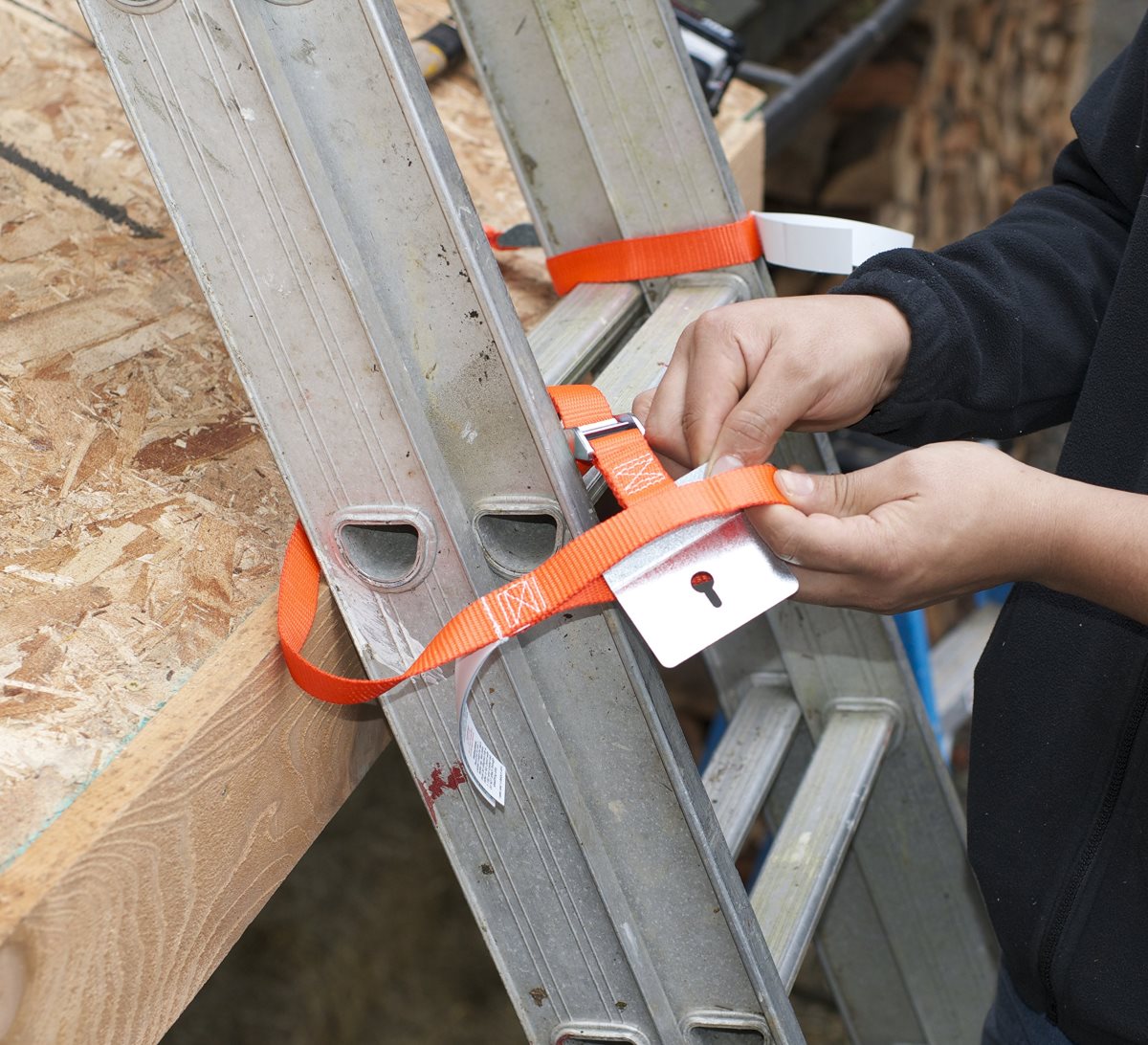

Articles
How To Tie Off A Ladder
Modified: January 6, 2024
Learn the best techniques for tying off a ladder to ensure your safety while working at heights. Read our informative articles on ladder safety and secure your climb.
(Many of the links in this article redirect to a specific reviewed product. Your purchase of these products through affiliate links helps to generate commission for Storables.com, at no extra cost. Learn more)
Introduction
Tying off a ladder is an essential safety practice that should never be overlooked. Whether you are a professional contractor working at heights or a homeowner performing a simple task, such as cleaning gutters or trimming trees, properly securing your ladder is crucial to prevent accidents and ensure your safety.
Unfortunately, ladder-related incidents are all too common and can result in serious injuries or even fatalities. According to the Occupational Safety and Health Administration (OSHA), falls from ladders account for a significant percentage of injuries in the workplace. However, these incidents are largely preventable by following proper ladder safety guidelines, including tying off the ladder.
In this article, we will explore the importance of tying off a ladder and provide you with a step-by-step guide on how to do it correctly. We will also discuss the safety equipment you need, common mistakes to avoid, and offer some valuable tips to help you prioritize ladder safety.
By following these guidelines, you can significantly reduce the risk of ladder-related accidents and carry out your tasks with confidence and peace of mind.
Key Takeaways:
- Properly tying off a ladder is crucial for preventing falls, stabilizing the ladder, protecting bystanders, and meeting safety regulations. It adds an extra layer of safety and reduces the risk of accidents.
- In addition to tying off the ladder, follow other ladder safety tips, such as choosing the right ladder, maintaining three points of contact, and avoiding excessive reaching. Prioritize safety to ensure a safe working environment.
Read more: How To Tie Ladder To Roof Rack
Importance of Tying Off a Ladder
Securing a ladder properly by tying it off is crucial for several reasons:
- Preventing falls: Tying off a ladder ensures it remains stable and reduces the risk of it slipping or shifting while you are using it. This greatly minimizes the chances of a potentially dangerous fall.
- Stabilizing the ladder: When you tie off a ladder, it becomes more stable and resistant to swaying or wobbling. This stability allows you to work with confidence and maintain your balance while performing tasks at height.
- Protecting bystanders: By securing a ladder properly, you also safeguard others in the vicinity. A ladder that is not tied off can easily fall and injure those nearby, posing a significant risk to anyone in the vicinity.
- Meeting safety regulations: Various occupational safety regulations and guidelines require the proper securing of ladders. By adhering to these regulations, you not only protect yourself but also avoid potential legal liabilities.
It is important to remember that accidents can happen even when using a ladder in a seemingly safe manner. Tying off a ladder adds an extra layer of safety and significantly reduces the risk of accidents, allowing you to focus on the task at hand without worrying about your well-being.
Safety Equipment Required
Before you begin tying off a ladder, it is essential to gather the necessary safety equipment. By having the appropriate tools at hand, you can ensure a secure and effective setup. Here are the main safety equipment items you will need:
- Rope: A strong and durable rope is essential for tying off the ladder. Opt for a rope that can support the weight of the ladder and provide a secure hold.
- Anchoring device: You will need an anchoring device to secure the rope to a stable structure or object. This could be a strong tree branch, a structural beam, or any other sturdy anchor point that can withstand the weight and force of the ladder.
- Knot-tying knowledge: Familiarize yourself with various types of knots used for securing the ladder. The most common knots include the square knot, clove hitch, and the bowline knot.
- Safety harness and lanyard (optional): For additional safety, especially when working at great heights or in challenging conditions, consider using a safety harness and lanyard. These devices provide you with a secure attachment point, ensuring your safety even if the ladder were to slip or fall.
Having the proper safety equipment is crucial to minimize the risk of accidents and work safely at heights. Make sure to inspect your rope and anchoring device regularly to ensure they are in good condition and capable of providing a secure tie-off.
Step-by-Step Guide to Tying Off a Ladder
Follow these steps to properly tie off a ladder and ensure a safe working environment:
- Choose a sturdy anchor point: Select a sturdy and stable object to which you will secure the ladder. This can be a strong tree branch, structural beam, or any other fixed and reliable anchor point.
- Position the ladder: Place the ladder in the desired position, ensuring that all four feet are flat on the ground and securely planted. Make sure the ladder is on a stable, level surface.
- Secure the rope: Tie one end of the rope to the ladder, around one of the rungs near the point where it contacts the anchor point.
- Loop the rope around the anchor point: Guide the free end of the rope over the anchor point and back towards the ladder. Create a loop in the rope and pass it over the ladder’s side rail, near the rung where you initially secured the rope. This forms a loop that encompasses the anchor point and attaches to the ladder.
- Repeat the looping process: Continue the loop process by guiding the rope back over the anchor point and under the ladder’s side rail. Repeat this process several times to create multiple loops, ensuring a secure tie-off.
- Secure the rope: Once you have formed multiple loops, tie off the free end of the rope to the ladder using a secure knot, such as a square knot or a bowline knot.
- Test the stability: Give the ladder a gentle shake to ensure it is securely tied off and stable. If any movement or wobbling occurs, re-evaluate your tie-off and make necessary adjustments for a more secure connection.
Remember to use proper knot-tying techniques, ensuring that each knot is secure and will not easily come undone. Practice tying different types of knots beforehand to familiarize yourself with their strengths and limitations.
By following these steps, you can properly tie off a ladder and create a secure working environment, minimizing the risk of falls and accidents.
When tying off a ladder, use a secure anchor point and a proper knot such as a figure-eight or a bowline. Make sure the rope is tight and the ladder is stable before climbing.
Common Mistakes to Avoid
When tying off a ladder, it is important to be aware of common mistakes that can compromise the safety of your setup. By avoiding these errors, you can ensure a secure tie-off and minimize the risk of accidents. Here are some common mistakes to avoid:
- Inadequate anchor point: Choosing an unstable or weak anchor point can lead to a failure in the tie-off. Ensure that your anchor point is sturdy, capable of supporting the weight and force applied to the ladder.
- Insufficient number of loops: Creating multiple loops around the anchor point increases the stability and security of the tie-off. Avoid using just a single loop, as this may result in a weak connection.
- Improper knot-tying: Incorrectly tying the knots can cause them to loosen or come undone over time. It is crucial to use proper knot-tying techniques and ensure each knot is secure and reliable.
- Using worn or damaged ropes: Inspect your rope regularly for signs of wear or damage, such as fraying, cuts, or weak spots. Using a compromised rope can jeopardize the integrity of the tie-off.
- Neglecting ladder inspection: Before tying off a ladder, thoroughly inspect it for any defects or damage. Check the rungs, side rails, and any locking mechanisms to ensure they are in good working condition.
- Ignoring weight limitations: Each ladder has a specified weight capacity that should never be exceeded. It is essential to consider the weight of both yourself and any tools or equipment you will be using on the ladder.
- Failure to test stability: Always test the stability of the tied-off ladder before ascending it. Give it a gentle shake to ensure it remains securely in place.
By avoiding these common mistakes, you can ensure a secure and effective tie-off, enhancing ladder safety and significantly reducing the risk of accidents while working at heights.
Read more: How To Organize Ties
Tips for Ladder Safety
Aside from tying off a ladder, there are several additional safety measures you should follow to further enhance ladder safety. Keep these tips in mind to minimize the risk of accidents while using a ladder:
- Choose the right ladder: Select a ladder that is appropriate for the task at hand. Consider factors such as height, weight capacity, and the ladder’s purpose (e.g., step ladder, extension ladder).
- Inspect the ladder: Before each use, inspect the ladder for any defects, such as loose or missing screws, damaged rungs, or bent side rails. Do not use a ladder that is damaged or in poor condition.
- Set up on a stable surface: Place the ladder on a level and stable surface. Avoid uneven or slippery surfaces that may cause instability.
- Maintain three points of contact: When ascending or descending the ladder, always maintain three points of contact. This means either two hands and one foot or two feet and one hand on the ladder at all times.
- Avoid excessive reaching: To prevent imbalance or the ladder from tipping, avoid overreaching while on the ladder. Keep your belt buckle between the side rails as a guide to maintain proper balance.
- Use the ladder at the correct angle: When using an extension ladder, ensure it is set at the proper angle. The base should be placed 1 foot away from the wall for every 4 feet of ladder height.
- Do not exceed weight limits: Respect the weight capacity of the ladder and refrain from exceeding the maximum load indicated by the manufacturer.
- Secure the area around the ladder: Keep the area around the ladder clear of any obstacles or hazards that may cause tripping or interfere with your balance.
- Use proper climbing techniques: Climb the ladder facing it directly and using your hands to hold the rungs securely. Avoid carrying heavy or bulky items while climbing.
- Never leave the ladder unattended: When not in use, always remove the ladder or secure it properly to prevent unauthorized access or accidental falls.
By following these tips, you can significantly improve ladder safety and reduce the risk of accidents while working at heights. Remember, safety should always be your top priority when using a ladder.
Conclusion
Tying off a ladder is a critical safety practice that should never be overlooked. The importance of securing a ladder properly cannot be overstated. By following the steps outlined in this guide and implementing the tips provided, you can significantly reduce the risk of accidents and create a safer working environment.
Remember that ladder-related incidents can result in severe injuries or even fatalities, but they are largely preventable. By tying off a ladder, you stabilize it, prevent falls, protect bystanders, meet safety regulations, and give yourself peace of mind.
Always ensure you have the necessary safety equipment, such as a strong rope and a reliable anchoring device. Familiarize yourself with knot-tying techniques and create multiple loops to ensure a secure tie-off. Avoid common mistakes, like using inadequate anchor points or worn ropes, and regularly inspect your ladder for any defects.
In addition to tying off, follow other ladder safety tips, such as selecting the right ladder for the task, maintaining three points of contact, and setting up the ladder on a stable surface. Avoid excessive reaching, respect weight limits, and secure the area around the ladder to eliminate potential hazards.
Ultimately, ladder safety is a shared responsibility. By prioritizing safety, utilizing proper techniques, and remaining vigilant, you can ensure a safe working environment for yourself and those around you.
Remember, it only takes a few extra minutes to tie off a ladder, but it can save you from a lifetime of regret. Prioritize your safety and make tying off a ladder a standard practice every time you work at heights.
Frequently Asked Questions about How To Tie Off A Ladder
Was this page helpful?
At Storables.com, we guarantee accurate and reliable information. Our content, validated by Expert Board Contributors, is crafted following stringent Editorial Policies. We're committed to providing you with well-researched, expert-backed insights for all your informational needs.
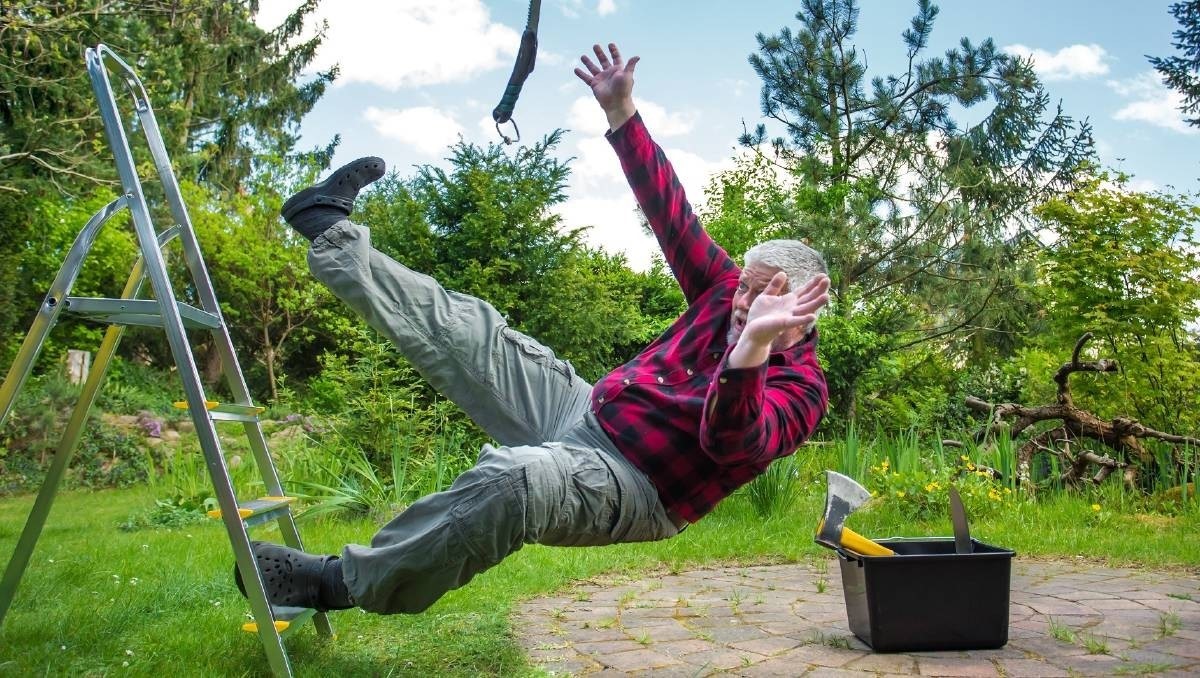
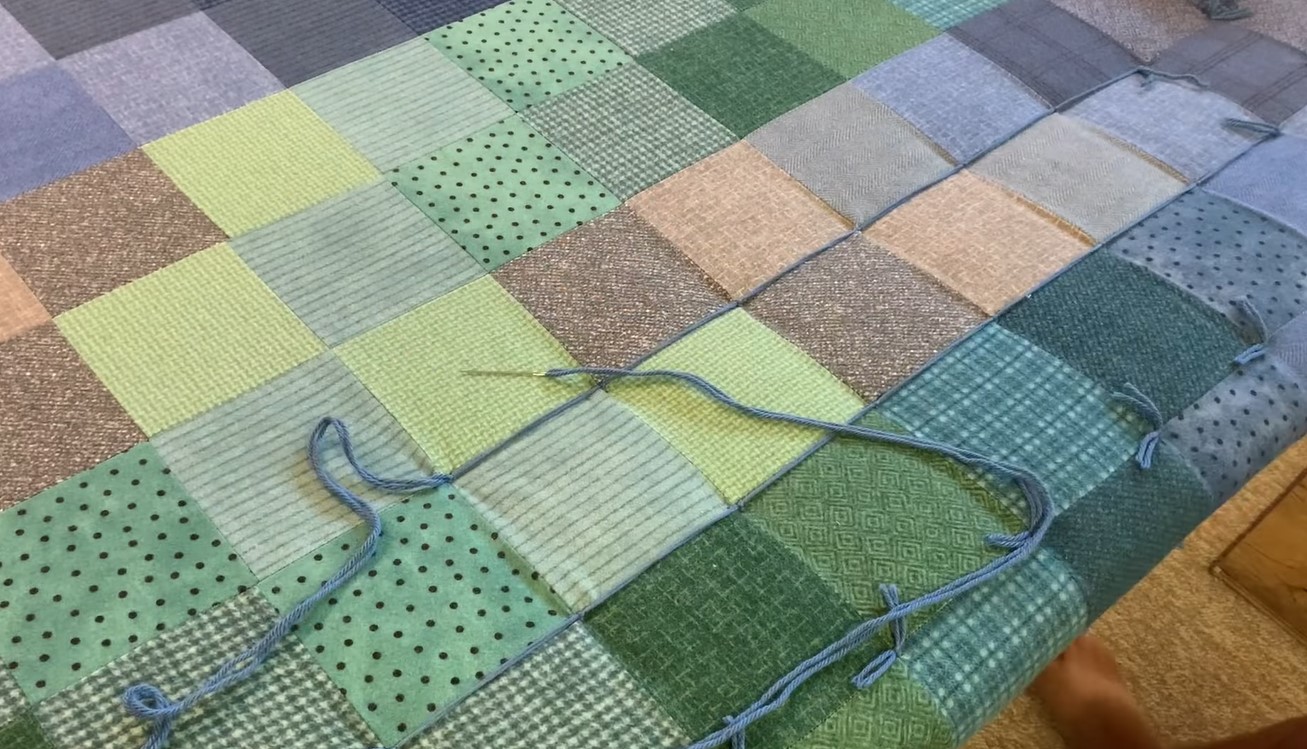




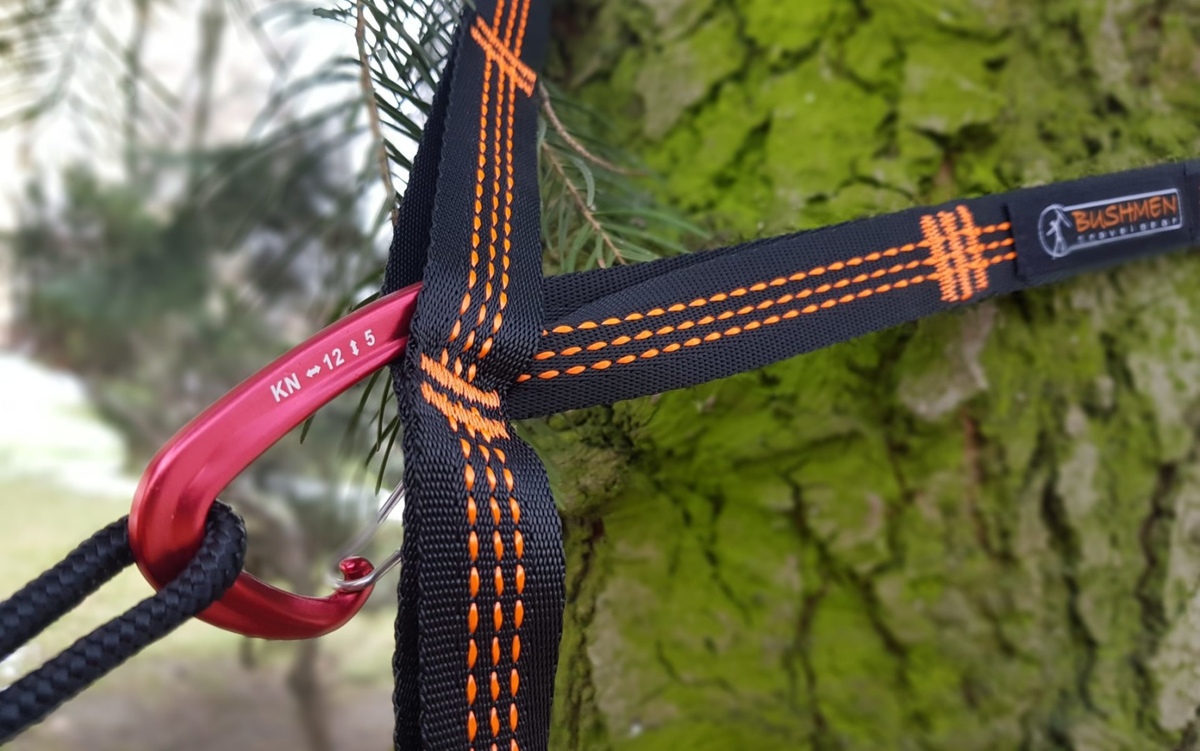
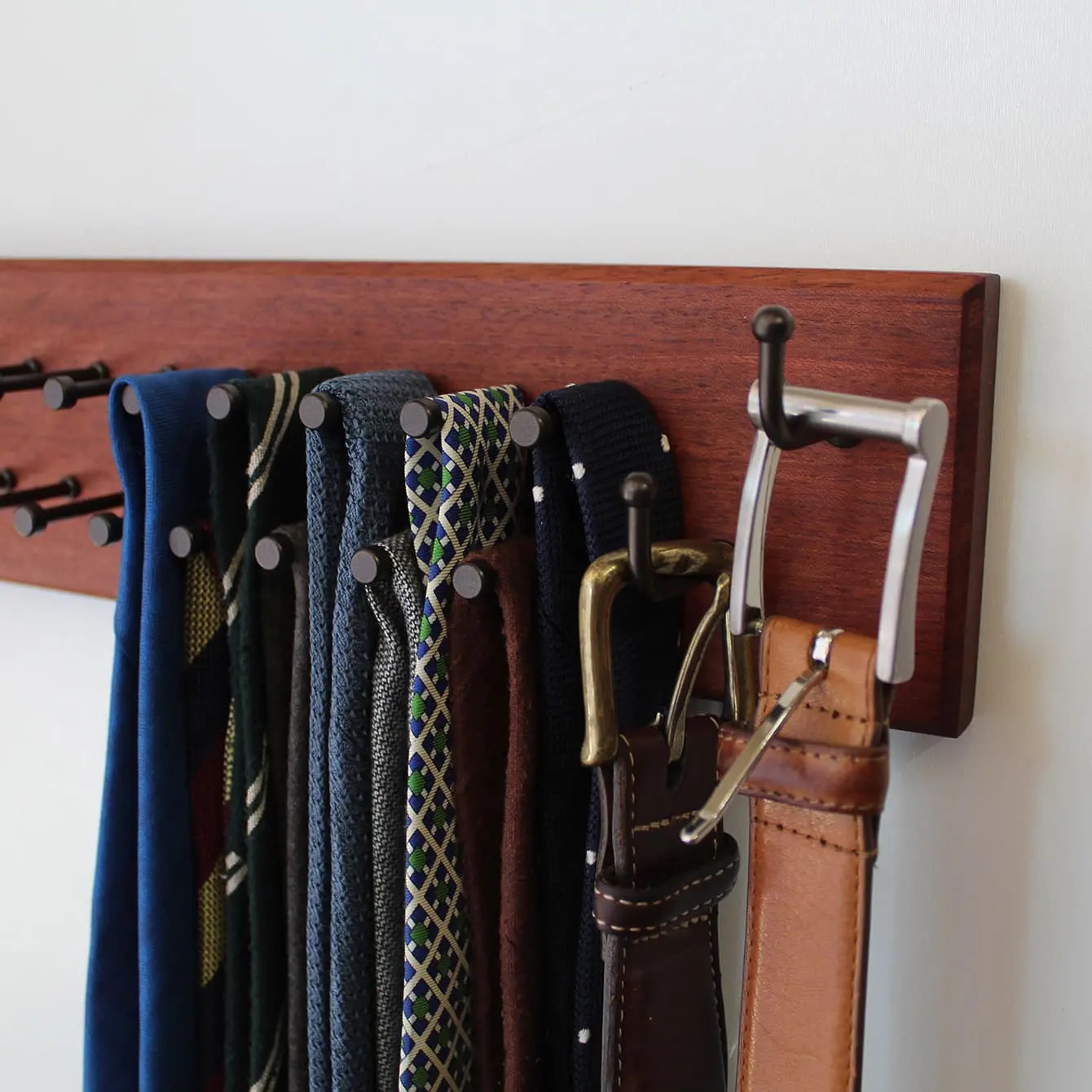







0 thoughts on “How To Tie Off A Ladder”